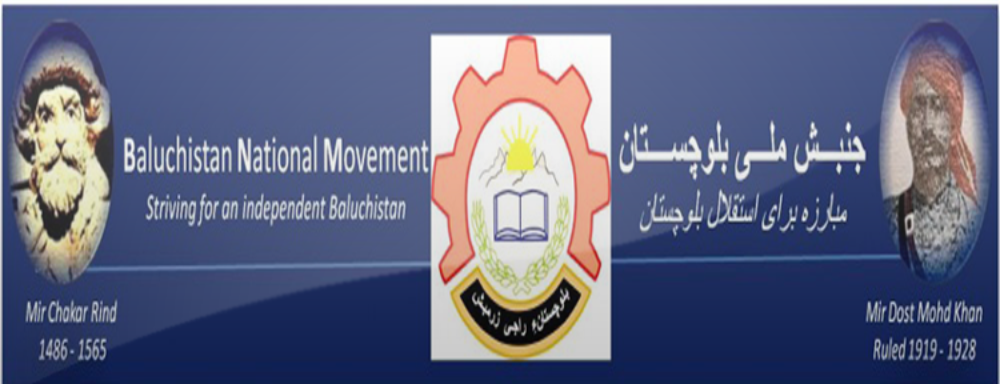
Selig S. Harrison, shown in Beijing in 2009, was hired by The Washington Post in 1962 as bureau chief in New Delhi and became known as one of the sharpest foreign correspondents in the region. (David Gray/Reuters)
Besides his quarter-century association with the Carnegie Endowment, Mr. Harrison had scholarly appointments at the Century Foundation, the Woodrow Wilson International Center for Scholars and the Center for International Policy, where he directed the Asia program for a decade.
He achieved his greatest influence on matters involving North Korea, where he traveled for the first time in 1972 as a Post correspondent. He earned a reputation among senior officials in Pyongyang — as well as in Washington — for his fair-mindedness and was granted repeated interviews with Kim Il Sung, the father of Kim Jong Il and grandfather of current North Korean supreme leader Kim Jong Un.
Mr. Harrison became an important liaison with a country that most Americans knew only through regime propaganda and through the scant information that trickled out after occasional visits from outsiders. He had a knack for describing the personalities in Pyongyang in a way that U.S. newspaper readers could immediately understand.
“He’s a rather avuncular man,” he once observed, describing Kim Il Sung, “and he puts his arm around you like Lyndon Johnson.”
Mr. Harrison met with Kim Il Sung in 1994 and was credited with helping pave the way for the Agreed Framework hammered out that year. According to the agreement, North Korea received incentives including fuel and light-water reactors in exchange for freezing its nuclear weapons program. The deal broke down in 2002.
Bill Goodfellow, executive director of the Center for International Policy, said in an interview that Mr. Harrison “felt that a deal was always possible,” because of North Korea’s economic deprivation and the regime’s desperation to stay in power.
“The issue is, how do you prevent another war on the Korean Peninsula?” Goodfellow asked. “That was his whole goal — the prevention of another war.”
Mr. Harrison was an effective go-between, Goodfellow said, because, while he fully understood the brutality of the North Korean leaders, “they always knew that they would get a fair hearing from Selig Harrison.”
Selig Seidenman Harrison was born in Wilkinsburg, Pa., on March 19, 1927. His father was a lawyer, and his mother ran a summer camp.
After Navy service during World War II, Mr. Harrison received a bachelor’s degree from Harvard University, where he was president of the Crimson newspaper. After graduation, he joined the Associated Press, covering South Asia through the mid-1950s. He later was managing editor of the New Republic magazine.
During Mr. Harrison’s time with The Post in New Delhi, U.S. Ambassador John Kenneth Galbraith “circumvented the State Department by leaking to Harrison for use in The Post stories he wanted Kennedy to know about,” Chalmers M. Roberts wrote in his book-length history of the newspaper.
In Tokyo, Mr. Harrison was the consummate foreign correspondent, reporting on major events of the day as well as cultural phenomena such as a $1.3 million, all-Japanese musical version of “Gone With the Wind.”
Even after ending his journalistic career, Mr. Harrison kept a presence in newspapers through frequent commentary and op-eds.
His books included “India: The Most Dangerous Decades” (1960) and “Korean Endgame: A Strategy for Reunification and U.S. Disengagement” (2002). With U.N. diplomat Diego Cordovez, he co-authored “Out of Afghanistan: The Inside Story of the Soviet Withdrawal” (1995), an account of the end to one of the last proxy battles of the Cold War.
Mr. Harrison was a longtime Chevy Chase, Md., resident before moving to Maine in 2013.
His wife of six decades, the former Barbara Johnston, died in 2011. Besides his son, of Boston, survivors include a daughter, Kathreen Harrison of Camden; a brother; and four grandchildren.
Mr. Harrison at times was considered by critics naive to the limits of diplomacy, particularly where Pyongyang was concerned. But he held fast in his convictions.
“Everything I’ve ever said about North Korea since 1972 has seemed at the time like screaming into the wilderness,” he told the Associated Press in 2009, after his 11th and final trip there, “and everything I’ve ever advocated has come to pass.”
https://www.washingtonpost.com/national/selig-harrison-reporter-and-scholar-who-covered–and-shaped–asian-affairs-dies-at-89/2017/01/06/5d6b45f6-d425-11e6-9cb0-54ab630851e8_story.html?tid=ss_fb-amp&utm_term=.dde0834f0e71

